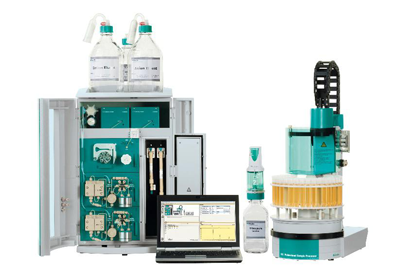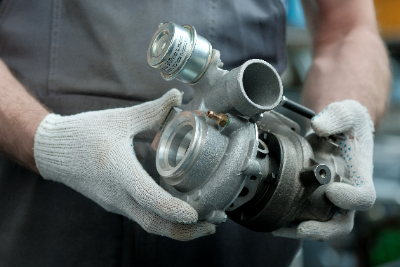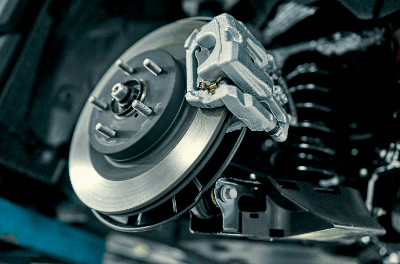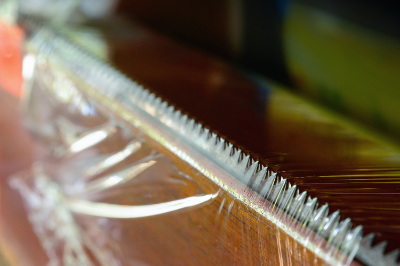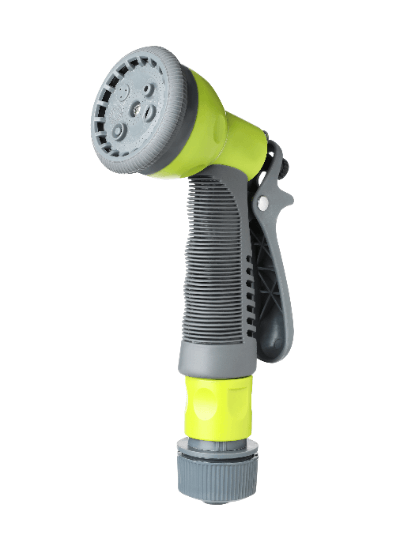What Is Solar Panel Recycling?
Solar panel recycling involves the recycling and recovery of resources when solar power devices are discarded.
Solar power, a leading source of renewable energy, has seen rapid growth since the introduction of the Feed-in Tariff (FIT) system in 2012. Solar panels used in solar power generation are typically expected to have a lifespan of approximately 25 to 30 years. As a result, with many solar power projects expected to conclude around 2040, a significant amount of waste, including solar panels, is anticipated.
To address this, the Ministry of the Environment designated discarded solar panels as industrial waste, and guidelines for promoting the recycling of solar power facilities were established in March 2016, with revisions made in 2018. Additionally, the Agency for Natural Resources and Energy has formulated “Business Plan Development Guidelines (Solar Power)” for the planning of solar power facilities.
Uses of Solar Panel Recycling
Discarded solar panels are collected by recycling companies from panel manufacturers, sales companies, power generation companies, electrical construction companies, demolition companies, and households. These panels are then sorted into those suitable for reuse and those for recycling.
The lifespan of solar panels is exceptionally long, and if there is no internal damage, they can still generate power, albeit with reduced efficiency. Reusable panels are sold as second-hand items.
Recycled items are separated by material, such as metal or glass, and each material is reused.
Principles of Solar Panel Recycling
Solar power facilities consist of solar cell modules/arrays, junction boxes, collecting boxes, power conditioners, and brackets.
Automated devices that streamline the processing stages are commonly used for the separation and sorting of solar panels. These devices are interconnected and include panel conveyors, hydraulic aluminum frame removal machines, glass peeling or crushing machines, vibration sifters, glass micro-powder peeling machines, and wind selectors.
Sorted aluminum frames, electrodes, wires, junction boxes, and brackets are shipped to metal traders. The sorted glass is supplied to manufacturers of glass fiber and foam glass. Moreover, cell-backed sheets with peeled glass are shipped to refining factories for silver recovery. Silver can be recovered at a rate of approximately 1 to 4 grams per kilogram of cell-backed sheet.
Issues with Solar Panel Disposal
Solar power projects have unique characteristics compared to other power generation projects. One key aspect is the low entry barrier, making it accessible to various operators, resulting in relatively frequent changes in the project entity during the course of operations. Another challenge is the presence of different hazardous substances in solar panels depending on the type. Consequently, concerns arise about the mass disposal of solar power facilities in the future.
1. Abandonment and Illegal Dumping
A significant issue is associated with solar power for business use on land owned by operators. Even if the business has effectively concluded, panels may be abandoned or illegally dumped due to the cost of disposal. To prevent this, it is effective to set aside a portion of the feed-in profits as a fund for expenses such as disposal.
2. Leakage and Dissemination of Hazardous Substances
Some solar panels contain hazardous substances such as lead, selenium, and cadmium, each requiring appropriate disposal methods. In some cases, improper disposal occurs because waste disposal companies may not fully recognize the information on the hazardous substances involved. Thorough awareness and disclosure of information by solar panel manufacturers and retailers are essential.
3. Pressure on Final Disposal Sites
During the peak period of massive disposal of solar panels, there is a risk of congestion at final disposal sites for industrial waste. The Ministry of the Environment estimates that the annual disposal amount, calculated from the shipment volume of panels, will be approximately 800,000 tons in 2040, assuming a 25-year lifespan. Efforts are needed to reduce and streamline the cost of recycling and alleviate the pressure on disposal sites.
Features of Solar Panel Recycling
1. 100% Recycling
Solar panel recycling allows for almost 100% recycling by sorting and refining discarded items into various materials that can be sold. Additionally, by sorting reusable items in the initial stage, they can be sold as second-hand products.
2. Automation of Recycling
Solar panels can be directly input into recycling devices, which then sort them into aluminum frames, glass, metal, back sheets, and other components. Various technologies are used for sorting depending on the type of solar cell, including wet or dry crushers for panels without aluminum frames, vibration or wind selectors, and hot-knife separation for glass. Whether crushed or not, the sorted materials are shipped to refining factories for the separation of hazardous substances and resource recovery, including silver.
3. Purification of Glass
Impurities in separated or peeled glass are removed, and the purified glass is sold as a pure glass material.
